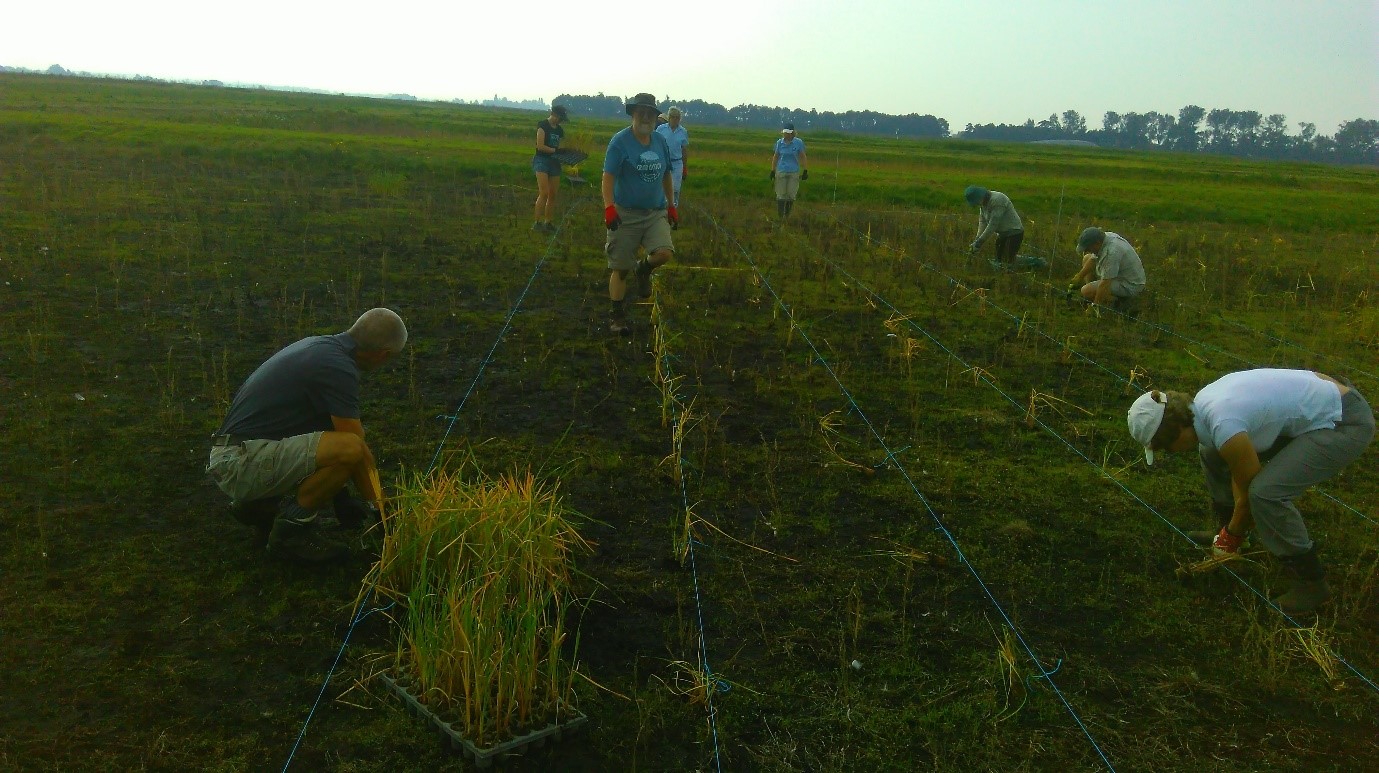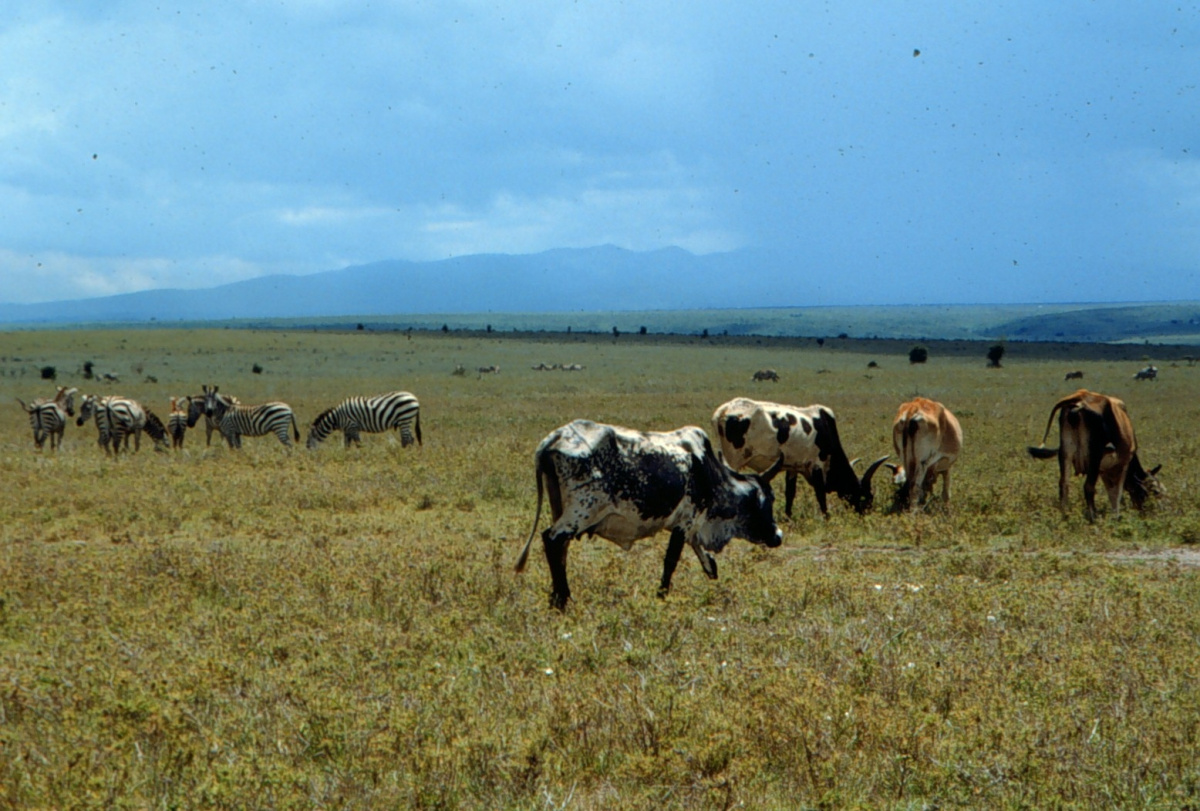Wildlife Trust championing Nature -based Solutions with the Great Fen
The Great Fen started with nature. 20 years ago, the great 100 year vision for the Great Fen was to protect and connect two remaining fragments of ancient fen, creating a vast new, resilient, wetland landscape that was good for wildlife and good for people
This was the first of the Wildlife Trust movement’s Living Landscapes, achieving conservation on a landscape scale. The Wildlife Trust BCN joined with four partners, Environment Agency, Huntingdonshire District Council, Middle Level Commissioners, and Natural England then and now to make change happen. The area that we started with was tiny but it has grown and grown and it is now one of the largest nature based interventions of its kind in Europe with some 1800 hectares now being managed for nature and for people to enjoy. Through rewetting peatlands, the Great Fen has physically transformed the landscape, changing the face of the local area, turning it from black to green. It has also transformed lives, providing wild places to get close to nature and support health and wellbeing, access to environmental and cultural heritage, training and upskilling opportunities and supporting rural livelihoods and the local economy. It’s tackling massive issues with visionary ideas, using Nature based Solutions hand in hand with cutting edge science to combat our changing climate and create new forms of farming (wet farming or paludiculture) and land management, which, through our current Water Works project (funded by the People’s Postcode Lottery and DEFRA) Wet Farming | The Great Fen and though our just started Peatland Progress project (funded by the National Lottery Heritage Fund) Peatland Progress Heritage Horizon Award | Wildlife Trust for Beds, Cambs & Northants (wildlifebcn.org) can lock in carbon, prevent the loss of peat soils, clean water, and diversify farm incomes.
So what is the impact of all this? All of the above, and more. The Great Fen has brought hope. Peat is being lost, the climate is changing, wildlife has suffered huge declines – but here at the Great Fen nature and people are fighting back. We have shown that we aren’t helpless in the face of wildlife declines and climate change. With the help of nature and science we can turn things around. And in the process we are changing people’s lives. Volunteers, local residents, business, the farming community. We connect people with the land and nature once again so they are inspired to protect it for generations to come.
How then to document the tangible and intangible? How to move beyond our monitoring programmes (recording, for example, species and numbers, water and soils, greenhouse gas emissions and climate, attendances, etc.). How to capture the enormity of all the different aspects of the Great Fen and its work, the new wetland habitats, climate change adaptation and mitigation, economic and social impact, and objectively measure it in a way that can demonstrate our own progress, help us plan for the future (we never stand still), share our experience and learning, inspire others to take positive action for the planet and recognize our value in an international context?
 Photo: Alistair Helliwell
Photo: Alistair Helliwell
The IUCN’s Global (fledgling) Standard for Nature based Solutions offered the answer, and the WTBCN Great Fen seized the opportunity to act as one of the 5 UK Pilot areas trialling the NbS methodology and self-assessment tool. My colleague Sue Barnard and I, cast the net of the IUCN NbS framework over the teeming sea of our endeavours, sifting our achievements and actions through its eight headline criteria and underlying indicators. At first sight the self-assessment tool (complicated spreadsheet, lots of guidance notes) was daunting, but by the sixth iteration, with the assistance of colleagues in the Environment Agency and the IUCN we’d got the hang of it (I exaggerate, probably by the second iteration). The initial draft took a concentrated burst of effort, followed by several weeks of going back and forth with queries, tweaks, expansions, and revisions.
Our main issue was simply the sheer complexity and long timescales of the Great Fen and all its works. Yes, we could evidence our claims (verification being the bedrock of the process) but where to start amidst the mountain of evidence, what to choose, over what timescales and which projects. This is where the support of the IUCN team was invaluable.
Our overall feeling? Challenging but worth it. It’s given us a mirror in which to see ourselves and an objective image by which others, the wider world, can judge us. It has value not just in measuring the past but also in planning for the future (a Nature based future) helping us as individuals and our Wildlife Trust as an organization and wider movement, build up and build in resilience, demonstrate our credibility and share our knowledge. It will help us demonstrate impact and engage with those looking for Nature based Solutions through their commitments to COP26.
We have also learned not to be too modest blowing our own trumpet. The process has shown us it’s a very big trumpet. And it deserves to be blown. Loudly.
It’s been an honour to be one of the Early Movers, one of the 15 in the wide world trialling this new global standard. So thankyou IUCN for choosing the Wildlife Trust BCN and its great Great Fen.



